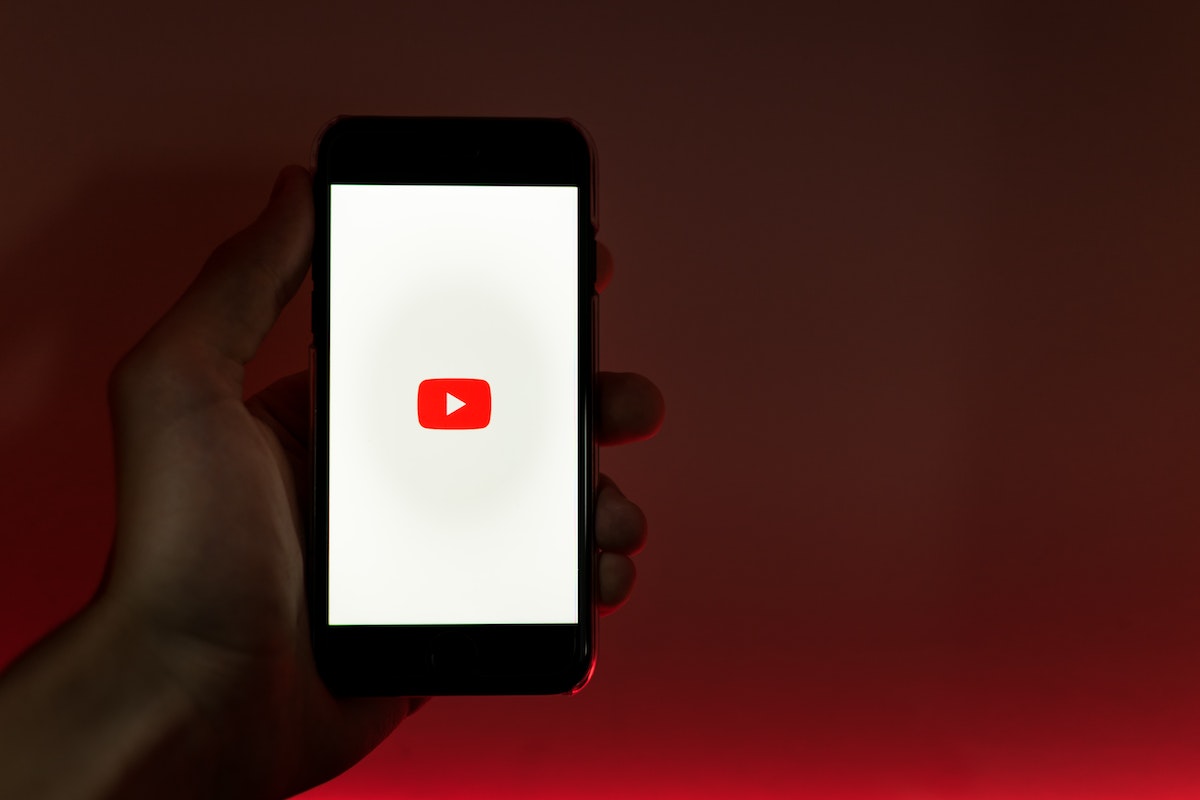The first video uploaded on YouTube was called “Me at the Zoo” and it currently has over 240 million views. A 19-second clip circa 2005 opened the door to a social media revolution as YouTube took the online world by storm. As of 2022, YouTube reported advertising revenues of around $7.34 billion, showing a 5% increase year-over-year. This makes YouTube one of the largest social media platforms globally.
What’s more, YouTube reported 2.5 billion active users in 2021, making it one of the most popular social media platforms in the world. The platform also offers a premium service, where users can download videos and enjoy content with no ads. In 2021, YouTube reported around 50 million premium users too.
Now the question is will YouTube continue to dominate the social media game as it does now or will the short videos trend will change the online landscape and make YouTube irrelevant with time?

The Current YouTube Landscape
YouTube is currently enjoying great numbers. A Pew Research report showed that 81% of Americans prefer watching content on YouTube as compared to Facebook (69%). YouTube was also one of two digital platforms that saw serious growth during the last two years when the world was on lockdown. The other platform was Reddit.
Experts believe that YouTube’s growth can be attributed to ease of access and users having a lot of time on their hands. There’s a certain satisfaction in being able to find a video about whichever topic you want to learn more about or catching up with your favorite vloggers and celebrities. YouTube’s layout and format make it easy for users to keep scrolling and watching, even when it impacts their productivity.
The platform is owned by Google, which means that analysts are constantly crunching numbers and monitoring performance. YouTube gets praise for being the kind of platform that listens to its users by screening videos and shutting out dangerous or harmful videos. The expansion into providing a premium service with no ads and creating YouTube TV has also helped attract new users.
The Trouble with YouTube
Even though YouTube appears to be enjoying massive success at the moment, there are three main challenges that the social media giant has to contend with, as follows:
Business Challenges
When you compare YouTube to Netflix, the problem becomes obvious. Both are video streaming platforms but where Netflix can license original content or generate new shows that appeal to its audience, YouTube has to rely on its users to keep the platform going. Netflix would still have content even if independent creators decided to boycott it while YouTube would be dismantled. Having user-generated content as a business model is tricky and leaves YouTube open to vulnerabilities, considering the rise of hundreds of other social media networks.
YouTube is trying to avert disaster by hosting meetups, holding conferences, and employing whom they call “partner managers” who invite celebrities, gamers, and musicians to create more video content. They also give them early access to new features and invite them to workshops where they can polish their skills to become more successful on YouTube.
Content Monitoring and Free Speech
The second challenge has to do with content monitoring and free speech. The YouTube algorithm keeps users hooked on the platform by actively learning what they’re watching and suggesting similar content. This leads users down a rabbit hole where they end up spending hours on the platform just consuming content. However, YouTube has faced some backlash with people complaining that the algorithm encouraged conspiracy theories and hate speech.
YouTube tries to counter this by relying on external ratings for its video content. If users downvote a certain video, YouTube moderators say that it’s flagged and reviewed for problematic content. However, this isn’t a foolproof solution because people who use hate speech wouldn’t downvote a video that had hate speech in it.

Treatment towards Content Creators
The third and most important challenge perhaps is YouTube’s treatment of its content creators. The platform has proven to be discriminatory to smaller content creators or those vloggers that live in countries other than the United States.
YouTube has somehow improved it in recent years, but there is always a chance that smaller content creators can get disheartened and switch over to another social media platform.
Will YouTube Be Relevant in the Future?
There are mixed reports all around. While many pessimistic users believe that YouTube is going downhill, the numbers don’t support it. In fact, as mentioned earlier, YouTube has been gaining subscribers and revenue over the last five years. So even though the data shows continual growth, why do people feel like YouTube is fading away?
One of the reasons that there might be a shift away from YouTube is due to different content formats. Instagram’s Reels are one such example. Content creators and viewers now prefer short, bite-sized content that they can consume. Alternatively, some videos like gameplay and episodes are preferred in longer segments. The problem could be in longer videos, where users spend more time watching content but watch fewer videos because they’re long. This results in a lower number of overall videos consumed.
Another reason is that there’s a lot of content to watch and stream. Platforms like Netflix, Hulu, Disney Plus, and others offer exclusive content that users can binge in one sitting. This can be more attractive when compared to user-generated content. However, one of YouTube’s strengths is that it’s still free to access and users can find a plethora of content on it. Creators who have kept up with changing times are likely to be successful versus those who haven’t.
YouTube is likely to be successful ten years down the road because it offers something for everyone and there isn’t a social media platform that can replace it. You can watch anything from gaming videos to recipes all in one place. Plus, the platform offers something that streaming services don’t, i.e., socialization. YouTube will always be a place where users can interact with their favorite content creators, and for those reasons, it will continue to flourish.